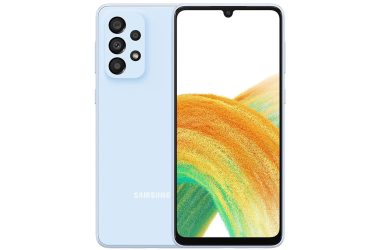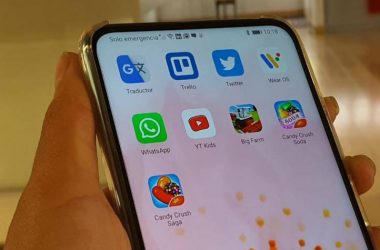Of all the ways that technology makes it possible to transmit a message from one place to another calling on the phone has become one of the least popular
In Spain users have less and less telephone conversations and use instant messaging applications more according to the report La Sociedad Digital en España by the Fundación Telefónica
Although the pandemic has revived the use of video calls most users prefer to communicate through written messages despite the fact that listening to the voice of the other makes us feel more connected and understood
At least that is the conclusion reached by two University of Chicago investigationsthat study how connected we feel with others depending on what means we communicate
In one of the experiments the researchers found that the participants anticipated that they would feel uncomfortable talking on the phone and that was the majority reason why they chose a text message to catch up with someone they had not seen in a long time
However the researchers pointed out that it was a misperception When they finally called they did not feel that discomfort they had anticipated it was not justified explains Nicholas Epley leading the investigation
When they compared the results between those who had called and those who had written they found no difference in how uncomfortable they felt at the end of the conversation So why is there such a reluctance to call
There are several psychological factors that may be involved and that have to do with the personality and perceptual style of each one It is possible that people with low selfesteem or more insecure tend to avoid calls because they are more unpredictable environments than text messages explains Ovidio Peñalver health psychologist and psychotherapist
There may be a certain fear that others will perceive things about us that we feel uncomfortable with such as not having time to develop a quick and adequate response to what they ask us on the phone
The more lack of selfesteem you have the more difficult it is to defend a criterion especially if you do not have time or if the other person is looking at you through the screen in a video call adds Peñalver
In a second experiment researchers at the University of Chicago assessed whether adding an image to the call made a difference
They found that being able to see the other person does not make users feel more connected than if they only listen to them the feeling of connection does not seem to prevent them from being able to see another person but rather from hearing their voice
This is a conclusion consistent with previous findings Indeed from the most classical psychology it is like this the warmest thing is the voice But it depends on the way in which each of us processes the information says Peñalver
The human being is eminently visual compared to other animals and most people prefer to see the other person in addition to listening to them regardless of whether it is in person or by video call 70 of the emotion of a person is transmitted through the expression of the face explains Peñalver
There are other users who are more auditory and perceive reality better from sounds They are those who when they are in a video call turn off the camera they do not need to see the other but they do not want to be seen
According to the latest data from the La Sociedad Digital en España report the daily use of instant messaging is almost double that of calls This use is especially significant in the case of young people
In 2018 968 of Spaniards between the ages of 14 and 24 used WhatsApp as the preferred channel to communicate with family and friends The phone call can be perceived as more aggressive or more intrusive also in the workplace explains Peñalver
The voice note has grown exponentially It is changing from the traditional conversation to the spaced out that happens when voice notes are exchanged










